Understanding Tanzanite Prices
Tanzanite, a gemstone with a captivating aura, is a remarkable addition to the gem market. The valuation of tanzanite is a complex interplay of factors including rarity, color depth, and clarity. As a product category, tanzanite encompasses a variety of gemstones known for their vibrant blue-violet hues. This introduction delves into the nuances of tanzanite prices, offering insights into the aspects that influence their market value.
The Spectrum of Tanzanite
Tanzanite gemstones are celebrated for their unique color range, from deep blues to vibrant violets. The intensity and saturation of color significantly impact the gemstone's appeal and, consequently, its price. The market showcases a spectrum of tanzanite, each piece with its own individual hue and charm. The diversity in color and form ensures that there is a tanzanite stone to meet various aesthetic preferences and design requirements.
Types and Features of Tanzanite
Tanzanite clarity and cut are pivotal features that define the gemstone's allure and value. Clarity refers to the presence of inclusions within the stone, with clearer stones being more sought after. The cut of tanzanite, from traditional shapes to custom facets, enhances the stone's brilliance and color display. Tanzanite's pleochroism, the ability to exhibit multiple colors when viewed from different angles, also adds to its uniqueness and pricing considerations.
Applications and Advantages of Tanzanite
Tanzanite is predominantly used in fine jewelry, with its versatility in design making it a favorite for rings, earrings, and pendants. Its singular color and rarity make it a popular choice for those seeking a distinctive piece of jewelry. Tanzanite's durability, while not as hard as diamonds, is suitable for a variety of settings and styles, making it a versatile option for custom jewelry creations.
Choosing Tanzanite
Selecting a tanzanite involves considering its carat weight, which directly influences its price. Larger tanzanites are rarer and thus command a higher price in the market. Buyers interested in tanzanite should also consider the stone's origin, as it is exclusively mined in one location globally, adding to its exclusivity and value. When choosing tanzanite, one should assess the gemstone's overall appearance and how it aligns with personal preferences or design intentions.
Responsible Sourcing and Sustainability
The ethical sourcing of tanzanite is a growing concern among buyers. Sustainability practices in the mining and distribution of tanzanite contribute to the long-term viability of the gemstone market. Consumers are increasingly interested in the traceability of their gemstones, seeking assurance that their purchase supports responsible mining practices.
In conclusion, tanzanite prices reflect a combination of the gemstone's unique characteristics and market demand. With its singular origin and stunning color palette, tanzanite remains a treasured choice for jewelry connoisseurs and gemstone collectors alike.





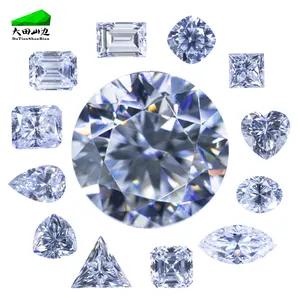






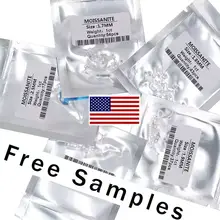

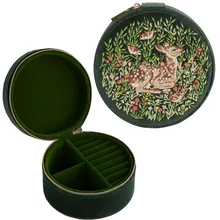





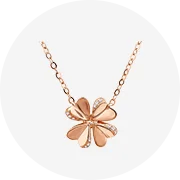
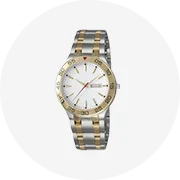




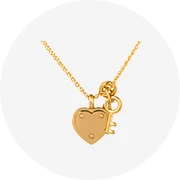
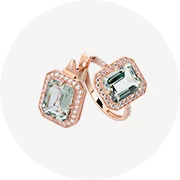










 浙公网安备 33010002000092号
浙公网安备 33010002000092号 浙B2-20120091-4
浙B2-20120091-4